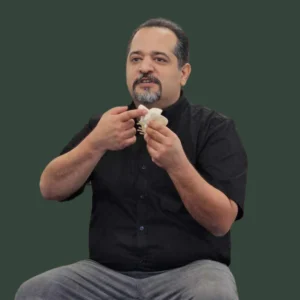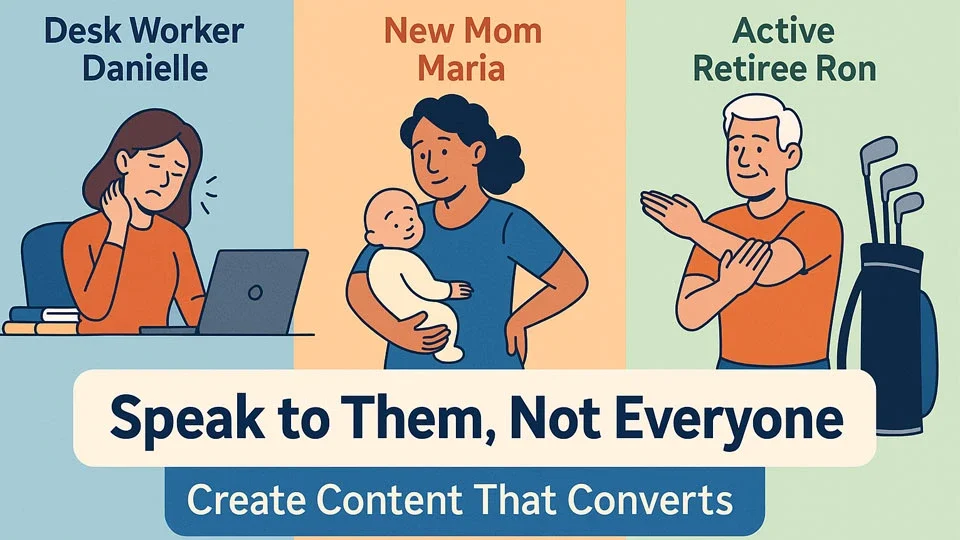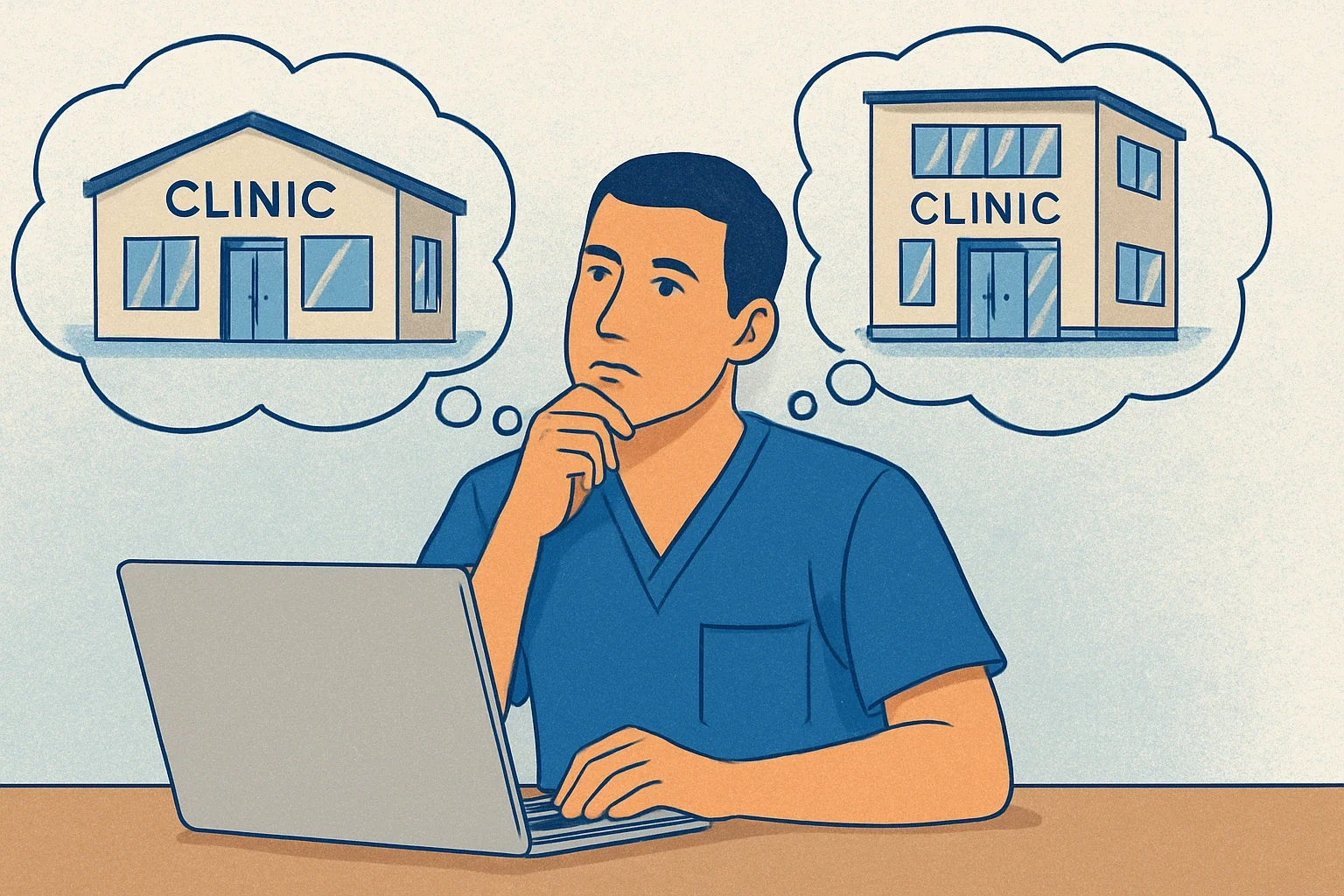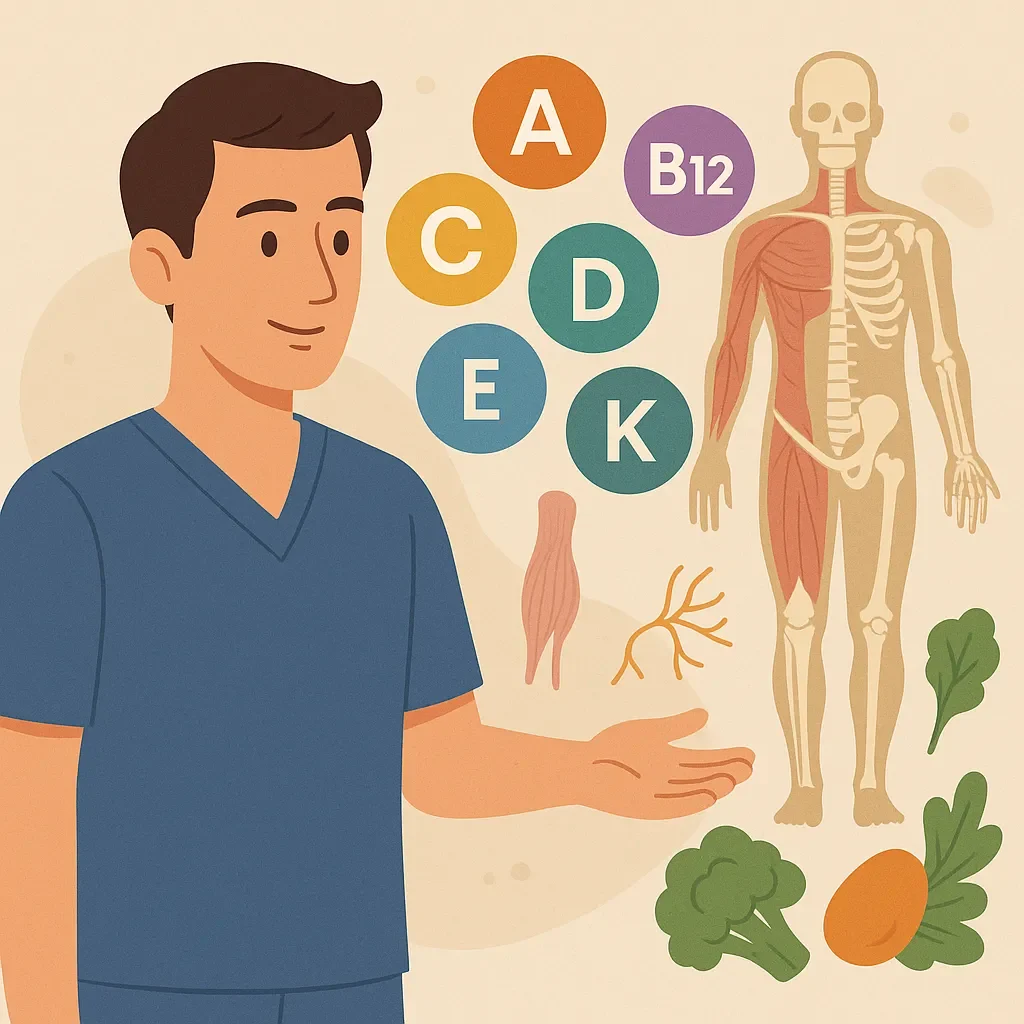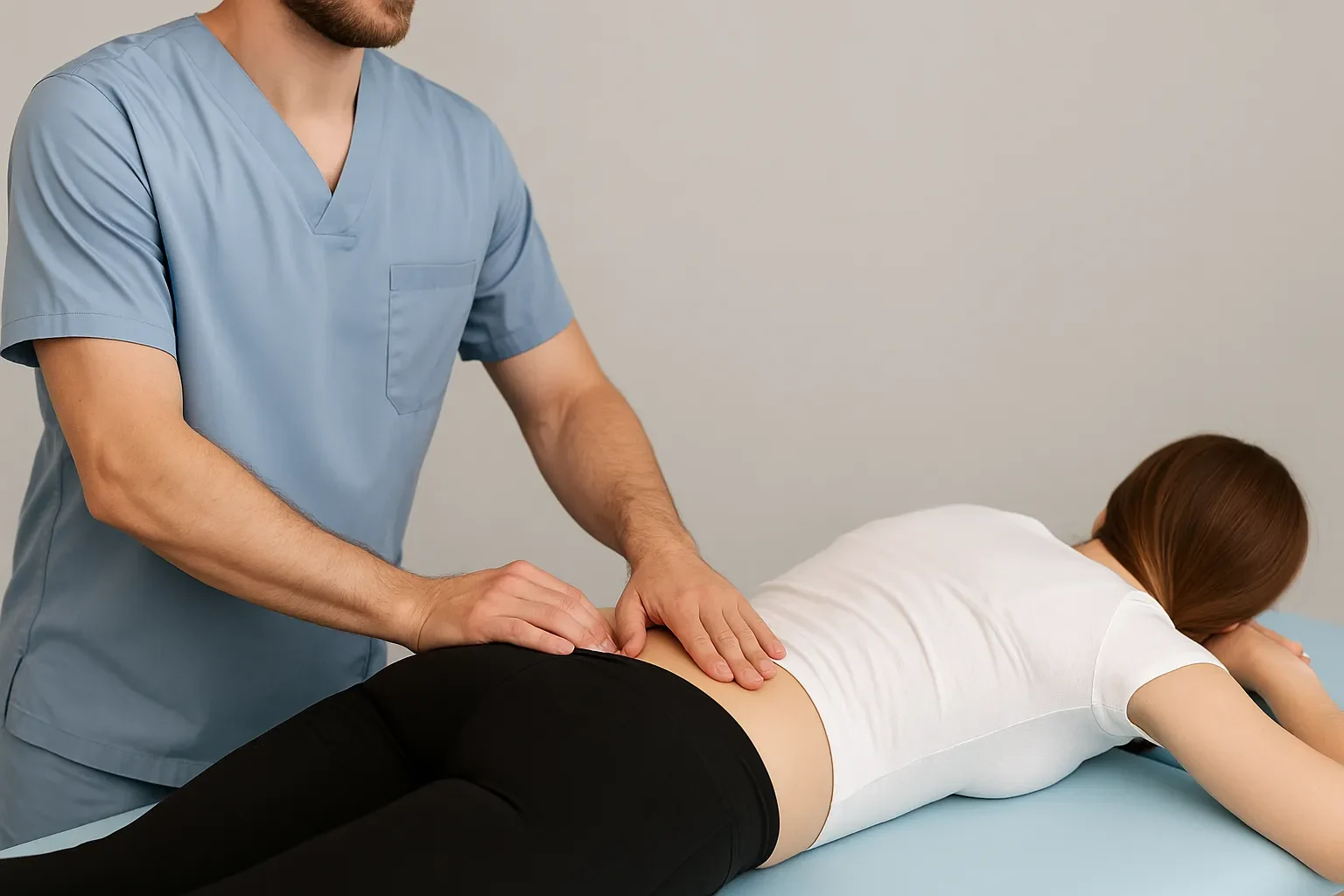Personalize Your Content, Connect With Your Patients
Let’s be honest—posting generic content like “osteopathy helps with pain” won’t get you very far anymore. In today’s world, people scroll past anything that doesn’t feel relevant to their own situation.
If you want to truly attract the right patients and fill your calendar, you need to create content that speaks directly to them.
This is where patient-specific content comes in.
It’s the type of content that doesn’t just educate, it resonates. It makes someone stop mid-scroll and think, “This is exactly what I’m dealing with.”
And that moment of recognition? That’s where trust starts, and where new patient bookings begin.
Whether you’re a clinic owner, a manual osteopath working as an associate, or just starting out, here’s how you can create content that feels personal, authentic, and leads to real results.
1. Know Exactly Who You Are Speaking To
One of the biggest mistakes a manual osteopath can make is trying to create content for everyone.
When you try to appeal to everyone, you end up connecting with no one.
Instead, start by building a few patient personas with simple profiles that represent the types of patients you want to attract more of.
Here are a few examples:
🧑💼 Desk Worker Danielle
-
- Age: 34
- Works long hours at a desk
- Struggles with neck, shoulder, and wrist tension
- Occasionally does yoga, but often skips workouts when stressed
👩🍼 New Mom Maria
-
- Recently gave birth
- Experiences low back and mid-back pain from breastfeeding and lifting her baby
- Wants to feel strong again, but is overwhelmed balancing self-care and family life
🧓 Active Retiree Ron
-
- 68 years old
- Plays golf and walks daily
- Managing stiffness in his hips and knees
- Wants to stay active and independent as he ages
When you know exactly who you are speaking to, your content feels personal. It makes patients feel understood even before they step into your clinic.
2. Speak in Their Words, Not Clinical Terms
As a manual osteopath, you are trained in technical language—but your patients are not.
You may think in terms like “thoracic outlet syndrome,” but your patients say things like:
“I feel a weird tingling in my arm after sitting all day.”
This matters. Speaking in their language makes your content relatable and builds trust.
Quick tip:
Go through patient emails, intake forms, and Google reviews. Find the phrases they use when talking about their pain or problems. Use those phrases when you write your posts, captions, or videos.
You are not “dumbing it down” you are making it accessible.
3. Share Real Stories (With Proper Consent)
Nothing connects faster than real examples of real people improving with your help.
If you treated someone who could barely get through a workday because of low back pain, and after a few treatments they were back to playing with their kids pain-free, that is a powerful story.
Just make sure you:
- Always get written consent if using real patient images or videos
- Protect their privacy (blur faces if needed, avoid showing charts or personal info)
- Or better yet, use models or friends to recreate typical treatment scenes
A few well-shot images showing manual osteopathy in action are more powerful than any stock photo of a spine.
4. Reels and Stories Help You Build Personal Connections
Short-form video content is one of the fastest ways to build a sense of familiarity with potential patients.
You don’t need fancy equipment or long videos.
Simple and honest works best.
Ideas you can use:
- A reel showing you performing a gentle manual osteopathy technique for desk workers dealing with shoulder tension
- A short story explaining how manual osteopathy can help ease pregnancy-related back pain
- A before and after clip showing range of motion improvements after a low back treatment
Showing yourself in action, even casually, helps patients feel like they know you and trust you before they ever meet you.
5. Answer the Real Questions Patients Ask
You probably hear the same questions every week in your practice. Those questions are gold for creating patient-specific content.
For example:
- “Can a manual osteopath help with tension headaches?”
- “Will I need a lot of sessions before I feel better?”
- “Is osteopathy covered by insurance?”
- “Is it safe to have treatment during pregnancy?”
You can turn these into:
- Blog posts
- Instagram reels
- FAQs on your website
- Short story polls or quizzes
Always end with an invitation:
“If you have a question you are wondering about, send me a message. I’m happy to help.”
6. Create a “Patient Journey” Content Series (Using Pseudo-Sciatica Example)
Instead of cramming everything into one long post, break it down into a series that tells a story over time.
Let’s use pseudo-sciatica (a very common presentation in clinic) as an example:
- Post 1: “What is pseudo-sciatica and how is it different from true sciatica?”
- Post 2: “Common causes of pseudo-sciatica, like muscle tension in the glutes”
- Post 3: “How a manual osteopath assesses for pseudo-sciatica”
- Post 4: “Hands-on techniques we use to ease pseudo-sciatica pain”
- Post 5: “What results you can expect after treating pseudo-sciatica”
Each post builds curiosity and educates at the same time.
Patients are much more likely to follow along, trust your knowledge, and eventually book when they feel informed and supported through your content.
7. Email: The Secret to Staying Top of Mind
While social media is important, email marketing should not be overlooked.
Even a simple, short email once a month can have a huge impact.
Ideas for your monthly newsletter:
- A quick patient tip (like “3 easy desk stretches for tight shoulders”)
- A short success story from your practice
- An update on your availability or new services
- A reminder that referrals are appreciated (offer a thank-you bonus if you want)
Email keeps you in your patient’s mind long after their appointment and reminds them to recommend you to friends and family.
8. Use Clear, Specific Visuals
Instead of using generic stock photos of skeletons or clinic rooms, create visuals that show real life scenarios your patients relate to.
Examples:
- A young woman holding her hip with a caption: “New moms, are you feeling sore after long stroller walks?”
- Someone slouched at a desk captioned: “Desk job? Here’s a simple trick to save your neck.”
- A reel showing a patient who couldn’t bend to tie their shoe, and after treatment, moves easily again
Visuals like these are far more powerful because they tell a story instantly.
Also, whenever possible, show yourself, not just treatments, but you smiling, explaining, or interacting. People connect with people.
Final Thoughts: Storytelling Is Your Superpower
Creating patient-specific content is not about being flashy or salesy. It is about telling stories patients can see themselves in.
When they feel understood, they trust you.
When they trust you, they book.
When they book, you get to do what you love,helping people feel and move better.
And if you ever need help turning your ideas into professional, consistent content…
📣 At Osteopathy Corner, we specialize in helping osteopathy practitioners and manual osteopaths grow their clinics through:
- Web design
- Branding
- Social media management
- Paid ad campaigns that bring real results
Your patients are out there looking for you.
Let’s make sure they can find you—and trust you—before they even pick up the phone.


